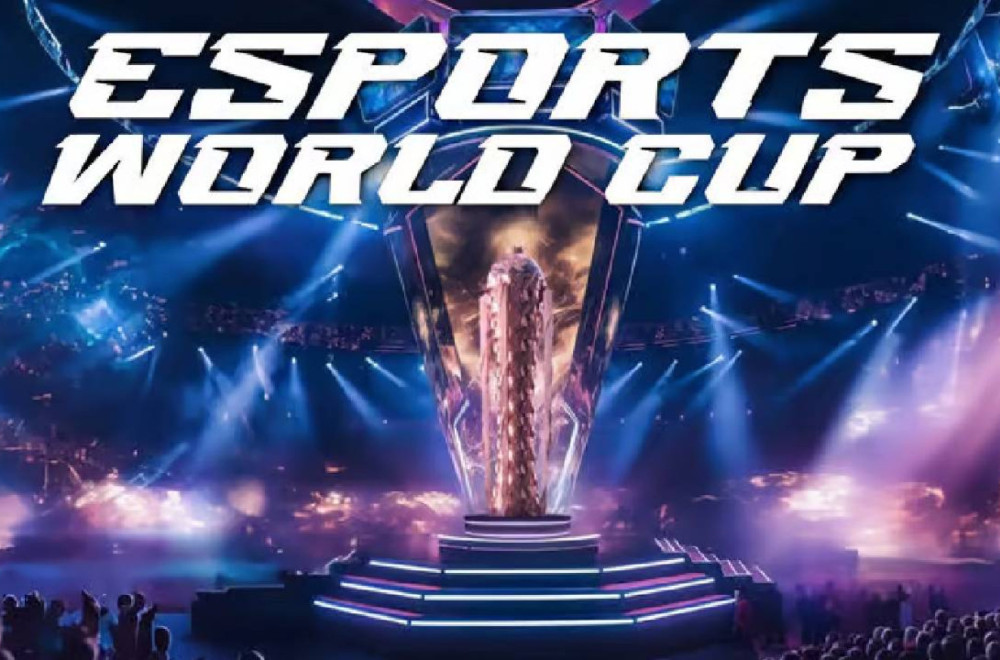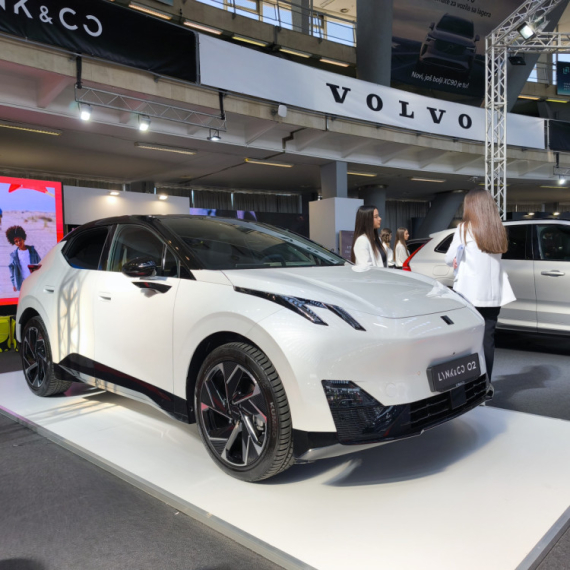Imagine a world where electric scooters don’t rely on expensive and rare lithium batteries, but on sodium – an element found everywhere around us, in sea salt! Chinese companies are already leading the race in producing sodium-ion batteries that promise to change the game in electric vehicles and energy storage. But is sodium really the future or just another passing fad?
Sodium – raw power from the sea
While the world still depends on lithium, the Chinese have found a way to use sodium, which is about 5000 times more abundant than lithium in the Earth’s crust. These batteries are already installed in tens of millions of electric mopeds in China, with companies like Jadea and CATL massively investing in production and development. Imagine – batteries that charge up to 80% in just 15 minutes and battery swap stations that allow riders to get a fully charged battery in 30 seconds!
Cheaper, safer, but with compromises
Sodium-ion batteries are cheaper and safer than lithium ones. They are less prone to fires and better withstand cold temperatures. However, they have lower energy density – about 30% less than lithium batteries, meaning electric cars with these batteries can’t travel long distances without recharging. That’s why they are currently ideal for two-wheelers and energy storage, but not for mass use in cars.
China takes control of the battery future
China not only produces most of the world’s lithium but is now building huge capacities for sodium-ion battery production. Plans include building 27 factories with a combined capacity of 100 GWh by 2025, making up over 90% of global production. While the rest of the world tries to catch up, Chinese companies are already expanding operations in Southeast Asia, Latin America, and Africa.
Environmental bonus and energy independence
Sodium-ion batteries can reduce dependence on critical raw materials like cobalt and nickel, which are harmful to the environment and people. Also, their production can be less damaging to the climate. With the rise of renewable energy sources, the need for energy storage is exploding, and sodium-ion batteries are perfect for fixed storage stations that don’t need to be light or small.
Is sodium the next big hit or just a Chinese game?
While sodium-ion batteries have their advantages, challenges remain in performance and cost. The price per unit of energy storage is currently about 60% higher than lithium, but the gap is expected to close. The question is whether other countries can keep pace with China in this race or remain mere spectators of Chinese dominance.
Conclusion
China has thrown down the gauntlet with sodium-ion batteries. This technology could change the rules of the game in electric mobility and energy storage but is not without flaws. While lithium still holds the throne in cars, sodium is conquering two-wheelers and energy stations. The future of batteries looks like an epic battle between these two elements, and we’re here to watch the spectacle.
So, what do you think? Will sodium replace lithium, or is this just a Chinese fairy tale? Drop a comment, share your thoughts, or just say – who’s your favorite in this battery battle? Let the debate begin!



















































